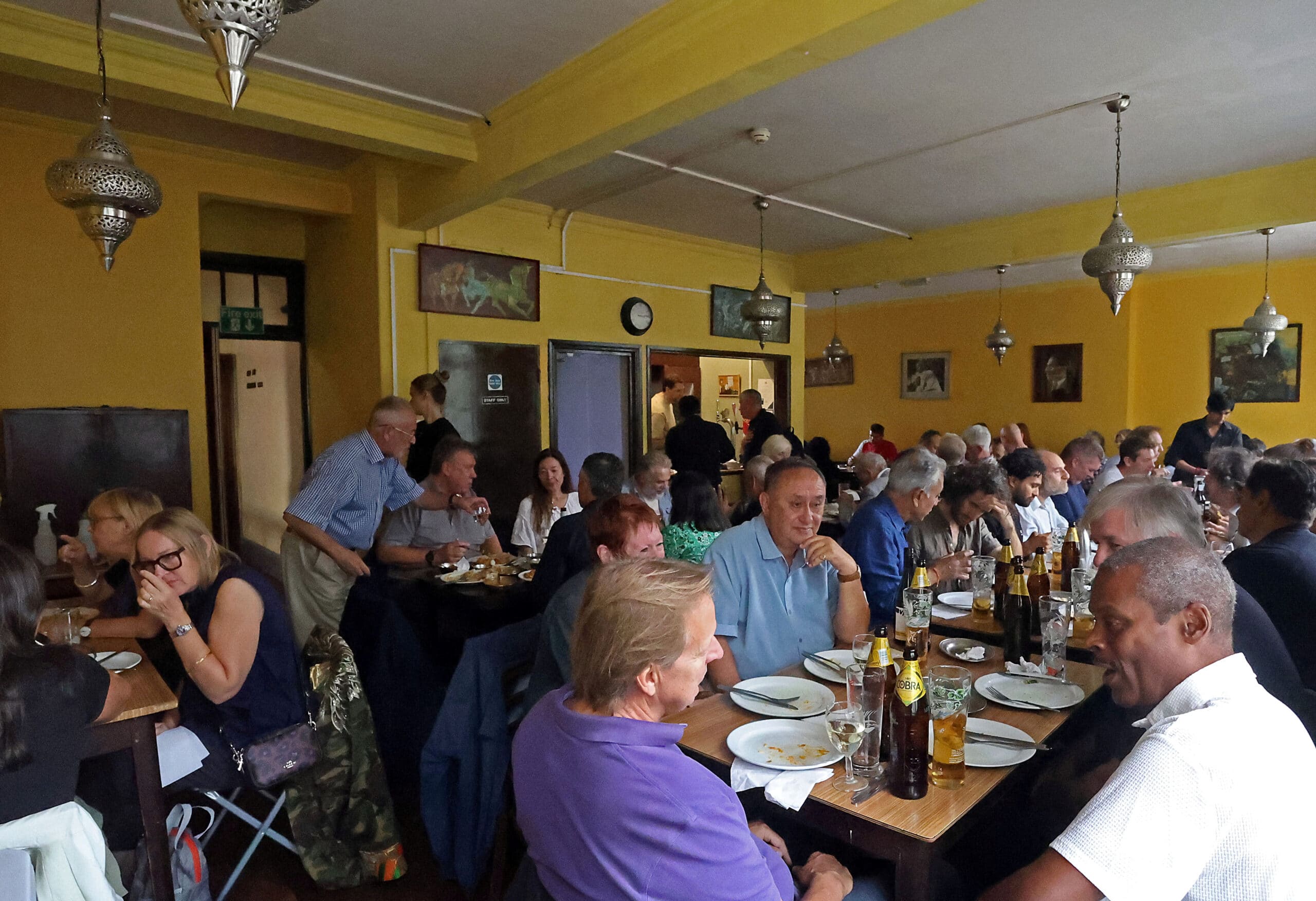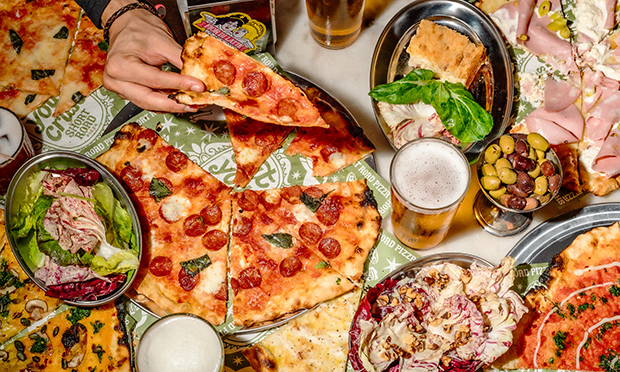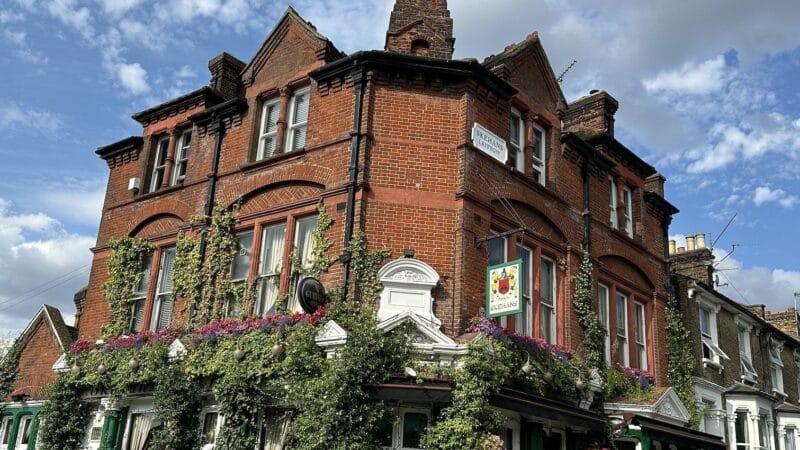143 Strand, London WC2R 1JA
Sunday the 17th was a particularly sad day, marking the passing of a true icon. Not a celebrity, but arguably something far more important (joke), a restaurant, nay cultural phenomenon. As food writers we have a habit to flap and flutter over the new, and don’t take time to appreciate the old. As Joni Mitchel says “You don’t know what you’ve got till it’s gone”.
Heart-breaking it is well and truly gone. Since 1964 the Strand Continental Hotel has housed the India Club. Started by the India League (in 1951 in Charing Cross) to campaign for self-rule and independence. Lady Mountbatten and Jawaharlal Nehru among many others were instrumental in the forming of the club, and the bar and restaurant have been home to many important organisations such as The Indian Journalist Association, Indian Workers Association, and Indian Socialist Group of Britain, the Calcutta Rowing Club, Goan Association and the Curry Club.
It was a bastion of Indian culture in London, home, and refuge to many through the years: a bright beacon to the diaspora as the attitudes of England changed around it. As referenced by the 26,000 signatures it received in the petition to save it in 2018. It has clearly found its way into many a Londoner’s heart.
One such little burning coal is my own. Packing up my old kit bag and setting off on the Megabus to London I found myself a couple of years, and a degree later somehow living in Soho. As you would imagine for a 20-something-year-old, this involved a lot of fund-based gymnastics. Missing the raucous BYOB curry houses of my youth in Sheffield and Manchester, I google searched without much expectation. Finding such a spot just off The Strand seemed like a fable, like stumbling across a unicorn on London Bridge or an affordable flat with a garden in Zone 1.
So, with trepidation and a cheap bottle of plonk clutched in our sweaty paws, my partner and I ventured up the steep ancient wooden stairs, and into the parlor-come-bar area. Unchanged (and proudly so) since the 50s, the bright yellow walls, stained glass windows, pointed plant fingers and almost subsiding furniture made you feel instantly at home. Like being in that mildly eclectic aunt’s living room. Black and white photos of the movers and shakers of the India League peppered the walls, and a small bar was huddled in one corner, with a larger room to the right used for film nights. A couple of lukewarm cobras, hiding the Tesco back between our legs like a shameful dog, unsure if the online comments were correct. We eventually were beckoned up the second set of stairs and into another yellow room, fragrant, frantic, and ferocious.
The upstairs restaurant, with the classic energy of Brits bringing and consuming at a great rate their own alcohol. The sound that hit you was like a wave of noise, crashing, cresting, humanity having a bloody good time. Waiters in black dashed about in the tight spaces between the tables, groups piled up, then retreated repelled downstairs buzzer in hand to loll about in the bar, clanking sheepishly. Everything was movement, flashes of smiles, and swinging silver plates of food like UFO saucers zipping through the cumin-coloured room.
In an increasingly expensive city, in a square mile famed for its priciness, the fact that nothing on the menu exceeded £25 almost brought a tear to my eye then and still does now, just a nostalgic one. The set menus at very reasonable £22 (normal) and £24 (special) respectively, were the perfect amount of food: crunchy samosas, coiled dosa, mini onion bhajis, and chili variants that will take your head off, papad with mango chutney, and then the more slowly demolished lemon pickle salad (with repeated water breaks). Bhuna lamb, and the glowing, and possibly best in the city, luxuriant sunset-hued butter chicken. Parathas to dip, with perfect crispness fringing the edge that no amount of practice has allowed me to recreate at home, comforting dhal and pilau rice. Pre-show, post-show, birthday party, or just regular Tuesday my partner and I knew we could come to this cacophonous room, and be welcomed with a smile and not gouged by the bill. The atmosphere was loaded with the clatter of animated conversation, the fumes of South Indian cuisine, and the settling metaphorical dust of accumulated history. What an experience!
A hefty vegetarian section, dum biryanis all £15, dosas of every variety all under £9 (paneer being my personal favourite with homemade cottage cheese), an impressive lunch menu (£8.50 for 4 items? yes please!), and mains around £11 meant that the ever-versatile establishment could fill many a niche.
Friendliness and fairly-priced food, I mean what more can you ask? But the India club was so much more for so many people. Not just a lively night out, or a flash of Southern India just north of the river, but a reminder of the complexity of English-Indian relations. The National Trust online exhibition A Home Away from Home explores the history and personal links of this hallowed space, the curry-hating barmaid, the Romanian exchange student, and the first-generation immigrant, all examples of the venue’s wide-reaching legacy.
59 years of serving the capital, to be lost because of corporate greed, and denied a protective listing by Historic England seems very telling for the way the city is going right now. Blind avarice and banality demolishing real people, real stories, and real history. But I count myself lucky that for the last 10 years, I have experienced the wonder that is the India club, the warmth, both in the food and people. The waiters I was talking to kept saying that they would reopen, and I pray they will. Long live the India club, whatever form it may take, your charm will be felt and mourned most deeply. Please don’t Rest in Peace, but Rise in Popularity.
To find out more about this long history, click here!



